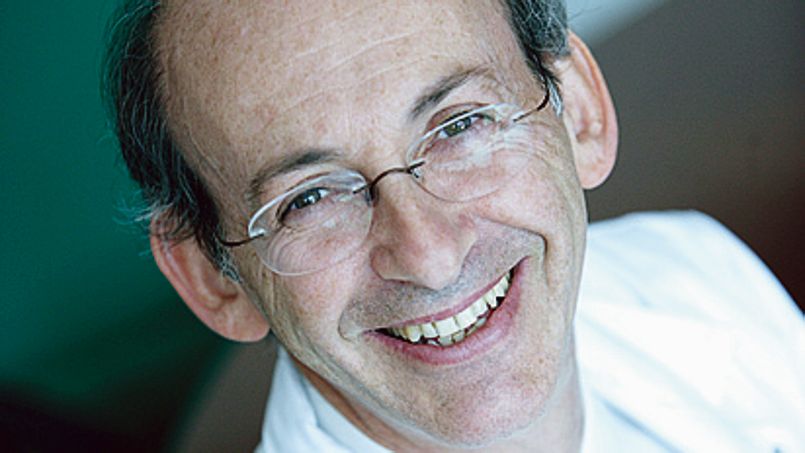Professor Ménasché at the forefront of research
 Professor Philippe Menasché specialist for cardiac cell therapy and member of the Scientific Council of the Cardio-Vascular Research Foundation-Institut de France, has published in Figaro Santé of the 5th of May an article explaining his experience of the rejuvenation of old mice’s body organs by the plasma of young mice.
Professor Philippe Menasché specialist for cardiac cell therapy and member of the Scientific Council of the Cardio-Vascular Research Foundation-Institut de France, has published in Figaro Santé of the 5th of May an article explaining his experience of the rejuvenation of old mice’s body organs by the plasma of young mice.
This experiment at the edge of science-fiction, could be in the centre of discussions in near future being of considerable impact.
Figaro Santé has assembled the statements of this Professor, who is at the cutting edge of scientific innovation …
LE FIGARO. – What are you thinking of this work ?
Philippe MÉNASCHÉ. – Let’s not forget that we are there only working with mice and we don’t give false hopes for immediate application onto humans. This is very beautiful science, but it is still science-fiction, when it comes to a clinical and therapeutical perspective. The scientific return of this type of fundamental work rarely is immediate, but it could become very considerable. The Concorde has been a commercial failure… but it allowed to produce the Airbus. In our case, the researchers got nearer to the biological mechanism and identified the molecular targets. This is very interesting because when you have the molecular targets, one day they can become therapeutical targets.
Which practical applications could there be for human medicine ?
LThe therapeutical achievements often come out of simple ideas. And still, simple does not mean being unrealistic. Just imagine that older people can be made younger by treating them by a plasma transfusion of young ones in very discrete clinics, this is nevertheless unrealistic. Identifying what could there be in the plasma of young subjects can have the effect of rejuvenance – this is no longer science-fiction.
Have yourself the same caution when it comes to transplanting cardiac stem-cells), just now presented as the revolutionary treatment ?
Quite true, I always was against false statements, against the enthusiasm of some. I don’t believe that stem-cells will have their place in therapeutics when being are directly grafted for replacing the deficient ones. We have seen in the heart that the grafted cells are more or less disappearing within short. But also, that they are acting by freeing certain substances which will act on the endogenous circuits of regeneration (already existing in the organism, editor’s note). This is an approach being still of interest concerning cardiac insufficiency, because it resists sometimes to all treatments, but you should not take it as a universal treatment
← Previous newsNext news →



